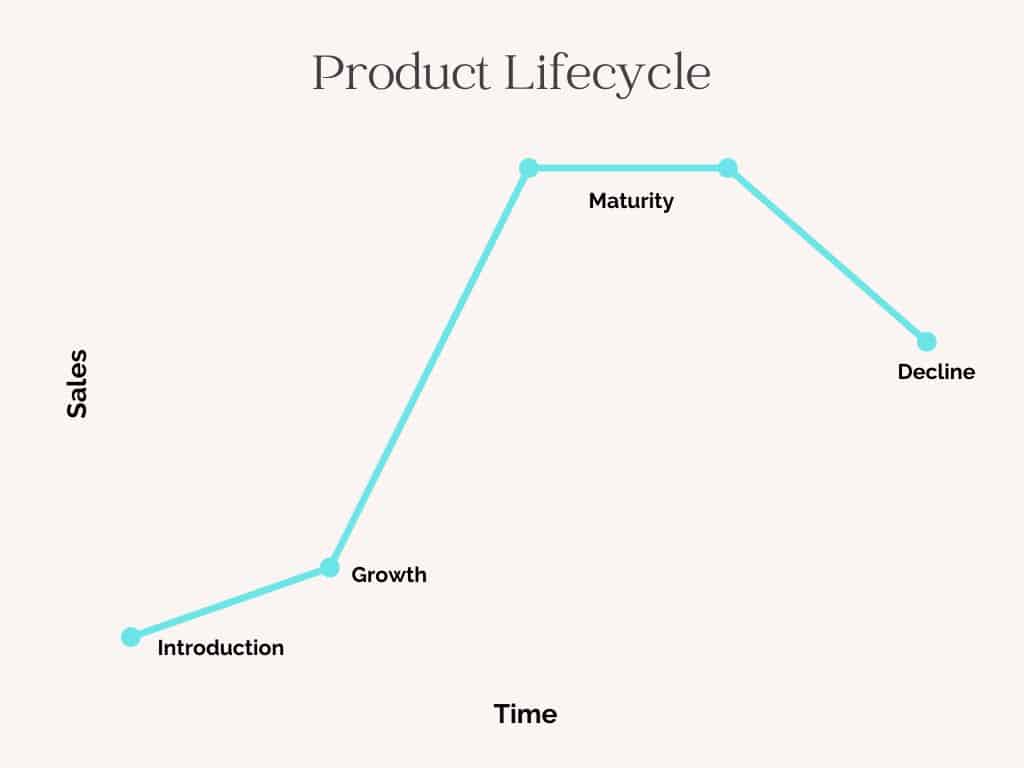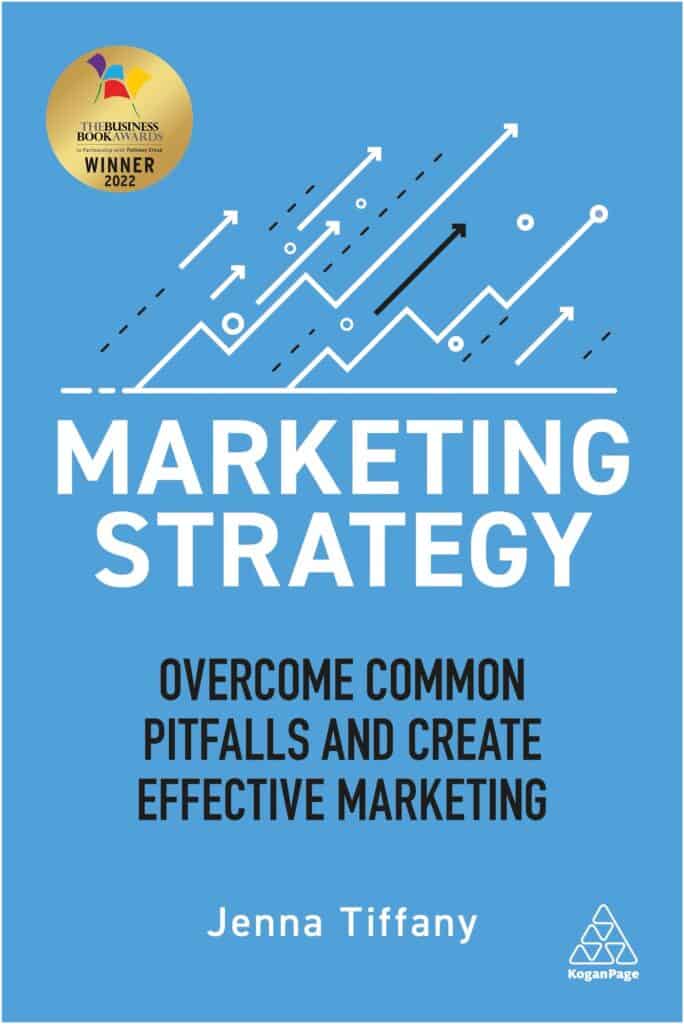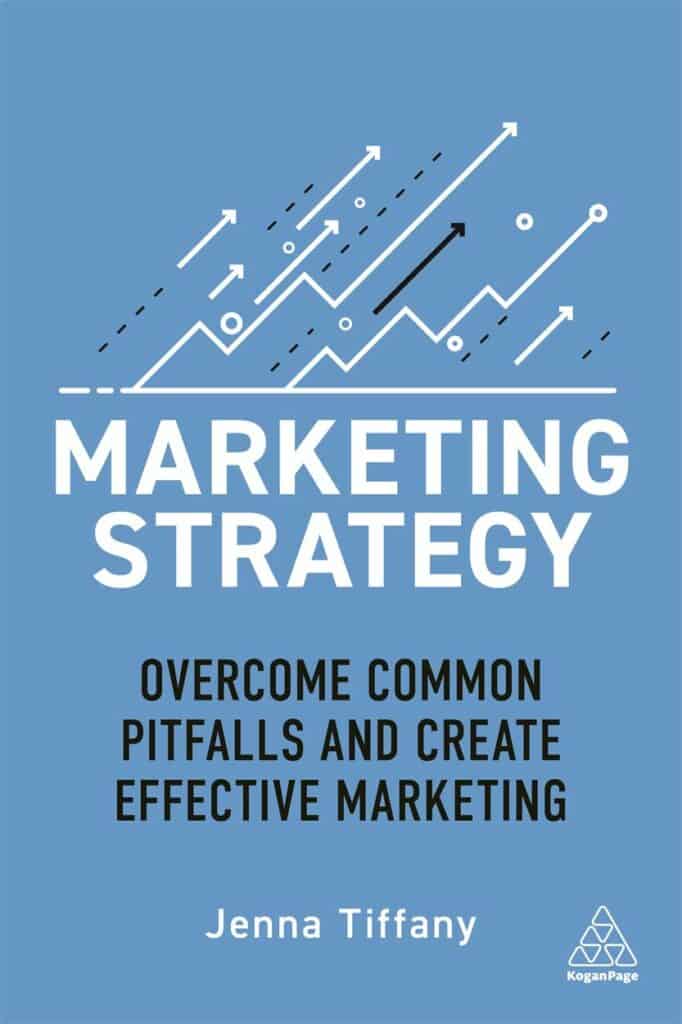Every product has a lifecycle. Understanding that lifecycle is very useful when it comes to marketing a product.
Different stages of a product lifestyle require different marketing strategies. When you know which stage your product is in, you will be able to make good, informed marketing decisions.
Every product lifecycle is different, but there are four broad stages through which most products go. These four stages are known as the Product Lifecycle Model. Here, I’ll take you through the Product Lifecycle Model and explain how you can use it to boost your marketing.
The four stages of the Product Lifecycle Model
The four stages of the PL Model are:
- Introduction
- Growth
- Maturity
- Decline
There is another stage that might be worth noting, depending on how much pre-production work your product needs. This is the R&D (Research & Development) stage. It comes before the Introduction stage, and might be needed if your product needed a lot of innovating and effort before bringing to market.
Whether you need the R&D stage or not, you will almost certainly encounter the next four stages. Let’s take a look at them:
- Introduction
During the introduction stage, your aim will be to drive awareness of your product. You want to get some momentum going in order to power the next stage (Growth) - but you also want to bring in customers who will keep on coming back.
So, this stage is all about building awareness, interest, and loyalty. Try things like introductory offers, free samples, sign-up discounts, and free trials. To build awareness, you could also run a wide-ranging promotional campaign.
- Growth
If you play your cards right in the Introduction stage, sales and awareness will quickly level up and your product will enter the Growth stage.
The Growth stage is exciting. It’s a time of expansion, profit, and development. In order to meet increasing demand, you may find that you have to ramp up production, bring in new investors, and hire new staff. Costs may increase - but so will profits!
As the Growth stage continues, you will also gather a lot of valuable data on your customers/audience. This will help you to refine, personalise, and intensively target your marketing. Rather than casting a wide promotional net, you will be able to focus on the people who are most likely to buy your product.
You can also use your new customer insights to build loyalty. This will give you a solid foundation of the most valuable thing a brand can have: happy customers who keep coming back.
- Maturity
Maturity is the most profitable stage of the product life cycle. Costs go down as you hit your stride, and revenue comes pouring in. You also have to do less work in driving awareness, as (hopefully!) you have built up a loyal customer base who keep coming back.
However, you may also find that your profits start to plateau during the maturity stage. This isn’t necessarily a bad thing - but it could be a sign that your product is entering the fourth and final stage of its life cycle.
- Decline
Finally, your profits plateau, then fall. This could happen for a number of reasons, including competitor products hitting the market and consumer apathy.
There are various strategies you can use to regain momentum and push your product back into the Maturity or even Growth stages. For example, if your product is losing market share you could make efforts to differentiate your product from competitors’.
A typical sales graph will look like this as a product moves through its lifecycle:

If the drop at the end of the graph looks scary, it’s not supposed to. While not all products hit every stage of the PL, no product is completely timeproof. In fact, the Decline stage can even be good for your brand, as they encourage you to innovate and freshen things up.
So, don’t freak out when the Maturity stage approaches. For a start, you can often push a product back into Growth with the right strategy. And, allowing a product to mature and decline doesn’t have to be a bad thing. It’s sometimes better to bring in something new than it is to keep pushing a product nobody wants.
How does the PL model work IRL?
Let’s take my book as an example, and look at how it is moving through the PL stages:

Introduction
This stage began long before the book actually went on sale. Even while we were still finalising edits, I was teasing the book to my followers, sending advance copies to industry figures, getting reviews, lining up an interview series to promote it, and more.
So, when it finally hit the market, the market was ready for it. It had built up significant buzz, and was highly anticipated. What’s more, people knew where to buy it and why they should buy it.
All in all, we put in a lot of work to make the Introduction stage power smoothly through to Growth.
Growth
Thanks to the groundwork laid in the Introduction stage, my book quickly grew in popularity. Sales were good, and positive reviews kept coming in. All of this built up momentum.
This momentum helped the book to gain publicity. It also generated a lot of interest from prominent industry figures, which pushed that publicity even further. In fact, the Growth stage is going so well that the book won not one but TWO awards at the Global Ebook Awards (Gold in the Advertising/Marketing/Sales category, and Silver in the Business/Non-Fiction category).
Maturity
When the book hits maturity, sales will be consistent and sustained. However, eventually they may start to plateau.
This could happen for a number of reasons. Maybe its premier audience will already own copies. Maybe competitor books will hit the market. Whatever the reason, things will start to level out and slow down.
Heading from Maturity into Decline isn’t necessarily a bad thing. Products can coast along in the maturity stage for decades and still generate respectable profits. However, if I want to get it some more growth for my book, I can do things like:
- Promote it in blogs
- Ask industry influencers to review it
- Add in some bonus content
- Submit it for awards - it’s won three!
Decline
We’re not in the Decline stage yet - not even close!
When we hit the Decline stage, I could either update the book and release a new edition with new case studies, or maybe even write a whole new one on a different topic. Who knows?
The important thing is that the success of this first edition has prepared the way for an update. When the first edition is popular and well-respected, people will trust the second edition to give just as much quality and value.
So, even when the first edition hits the decline stage, we will have a fantastic foundation to launch the second one.
Use the Product Lifecycle to make the right marketing decisions
The Product Lifecycle Model helps you to pick the right marketing strategy at the right time.
To learn more about the Product Lifecycle model and how it can boost your marketing, check out Chapter Five of my multi-award winning book, ‘Marketing Strategy’. You can get your copy here!
Order through the Let’sTalk Strategy website for a 20% discount!


